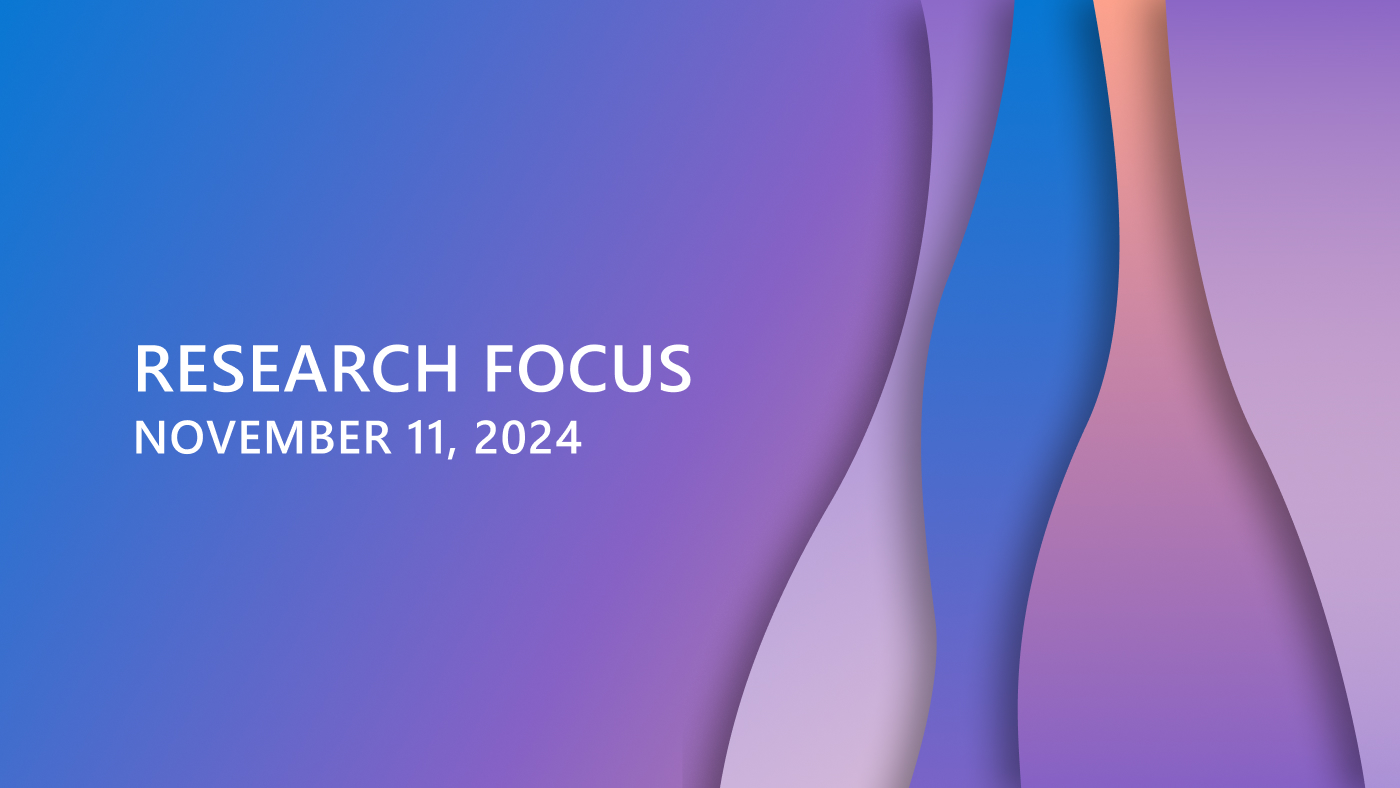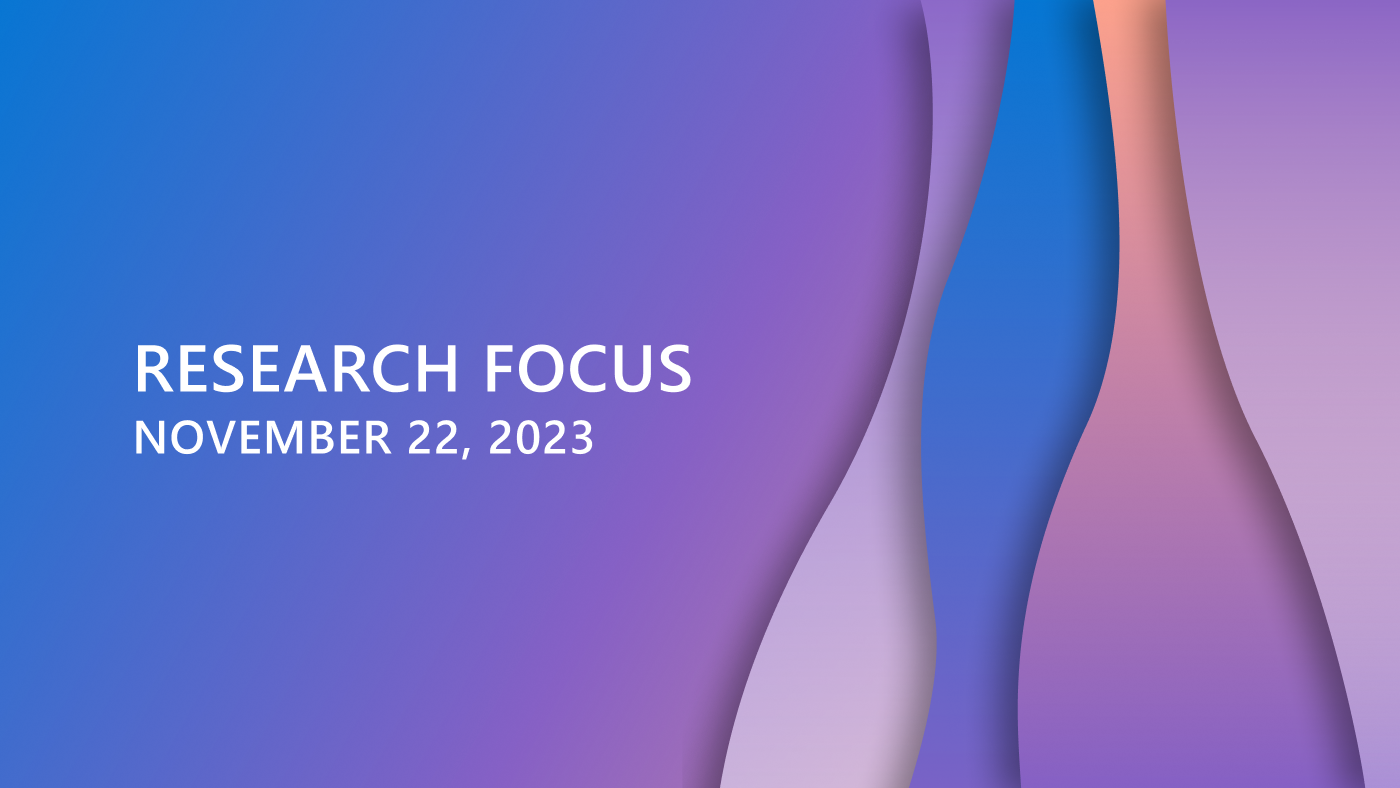By Janie Chang, Writer, Microsoft Research
Since 2003, Microsoft Research’s Faculty Summit Design Expo (opens in new tab) program has promoted interdisciplinary collaboration between the design and computer-science academic communities, while fostering closer ties between Microsoft and design schools.
Each year, Microsoft Research invites some of the top interaction-design schools from around the world to join its Design Expo and provides sponsorships that enable the schools to offer a semester-long, team-based project course. It’s up to each school to judge the team projects and select one to present during the event. Microsoft Research provides the theme, the project brief, mentors, and a small grant.
Spotlight: blog post
Perhaps even more importantly, the External Research (opens in new tab) division within Microsoft Research puts the Design Expo on the agenda of its annual Faculty Summit (opens in new tab) in Redmond, providing a forum for students to present their work to an international audience of academic researchers and educators, as well as Microsoft researchers and product groups.
Creating a Process for Students
It’s all about the students. Whenever anyone from Microsoft discusses the Design Expo, this attitude comes through loud and clear.
Shelley Evenson, user experience director with Microsoft’s Office Communications Design Group and a former associate professor and director of graduate studies at the Carnegie Mellon University (CMU) School of Design, could not agree more. She has played an active role in several Design Expos, first as a faculty participant, now as a Microsoft liaison and co-chair for Design Expo 2010.

Shelley Evenson
As a faculty member, she valued the Design Expo challenge as a chance to help students through a rigorous process that would provide a better understanding of good design process.
“At CMU, the Design Expo project was incorporated into an existing course called Studio II,” Evenson says. “This experience provides a model for how to go from something unknown to something that people can tangibly experience, within a constrained timeframe and some real-world requirements.”
Not surprisingly, one of the challenges Evenson faced when running the Studio II course was bringing cohesion to a diversity of disciplines and perspectives. Interdisciplinary collaboration is a key tenet of the Design Expo. Students in visual communications might find themselves brainstorming with teammates working on degrees in human-computer interaction, industrial design, business, or computer science. Before Evenson’s students could work together effectively, each team had to come to an understanding of semantics and perspectives. Evenson opened the process by having teams generate what she calls a “territory map.”
“The students had to achieve consensus on what they thought they were doing,” she says. “They needed to work through potential interpretations of the theme, define the areas to investigate, what would matter to end users, and so on. The map is an incredible tool that helps the whole team to coalesce and make explicit statements; otherwise, their different backgrounds make it really hard.”
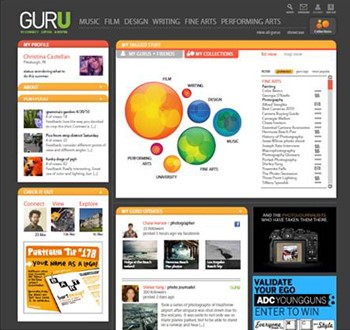
GURU, from Carnegie Mellon, envisions a service that helps teenagers grow creative interests and learn about options for creative careers with the help of industry professionals.
This emphasis on process reflects Evenson’s approach to the Design Expo: While the output from each team is a visualized scenario, user experience, or tangible interactive prototype, the deliverables are only part of the Design Expo’s value. Effective collaboration and meeting key milestones are important real-world skills her students also need to master.
“They recruit users for focus groups, they hold conference calls, they manage their budgets,” Evenson says. “They have face-to-face meetings with people who critique their work from a client perspective. It’s very real-world. In Redmond, they have a day of rehearsals in front of people who help refine their presentation content and skills.

Steps, from the Art Center College of Design, is an online resource and community for educators that includes lesson-plan databases, member profiles, integrative applications, and devices.
“Then they attend the Faculty Summit and present their work to academics, researchers, and interactive-design professionals from around the world. They receive valuable feedback from design leaders both inside and outside Microsoft. At this stage of their lives, it’s a huge experience. Yes, the Design Expo is all about the students.”
Creating a Valuable Experience
Since joining Microsoft, Evenson has remained involved with the Design Expo, volunteering her time as a liaison between Microsoft and CMU. She is committed because she can attest to the program’s impact on student perceptions.
“By the time they get to the last day of the Faculty Summit,” Evenson says, “the students are completely transformed. They understand how seriously the company views design. They have met some highly committed professionals, learned how people think about design. And, of course, they are so impressed by the effort Microsoft individuals have contributed to the event.”
One of the main contributors to Design Expo has been Curtis Wong (opens in new tab) principal researcher in Microsoft Research Redmond (opens in new tab)’s Next Media Research group. Although there is a process in place for administering the Design Expo, Wong still devotes significant time and effort to the program: from interacting with the schools to finding Microsoft volunteers and outside design experts as mentors and organizing activities in Redmond for the students.
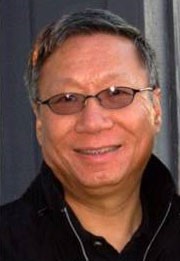
Curtis Wong
“Design is important to Microsoft,” Wong states. “We need to establish strong connections with the design community so that schools and students think about Microsoft when they think about careers and collaboration. That is not an explicit goal of the Design Expo, but we hope that is one of its outcomes.”
The grants that help fund the Design Expo represent only part of the relationship building. Both Wong and the original organizer of the event, Lili Cheng (opens in new tab), now general manager of Microsoft’s Future Social Experiences Labs (opens in new tab), wanted to ensure that students received valuable mentoring experiences and exposure to the industry. Much of this comes from Microsoft volunteers, proof of strong grassroots support from within the company.
“We provide Microsoft liaisons for the schools, all from the product groups, which is great,” Wong explains. “They visit the schools, meet with classes to help them think about the process of design, and provide insights on how to go about developing solutions. It’s a great experience, for the volunteers as well as the students.”
The mentoring and exposure don’t stop there. During the Faculty Summit, not only do students deliver formal presentations to attendees, they also staff trade-show booths and display their work during the Faculty Summit.
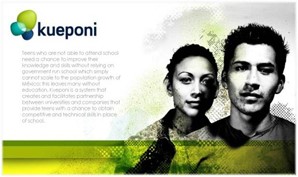
Kueponi, from Universidad Iberoamericana, is a system that facilitates partnerships between universities and companies to provide teens without access to traditional education with an alternative means to obtain skills.
For both Evenson and Wong, one of the constant delights of the Design Expo is seeing how schools interpret the theme, especially the international schools. Cultural context is vividly demonstrated, a real eye-opener for students born and raised in North America.
“We naturally tend to a U.S.-centric view of design,” Wong observes. “Then you get presentations from a Brazilian team that developed a game for indoor play because of neighborhoods where it’s too dangerous to go outside, or you get insights on cultural values from a Dutch project that helps the preservation of memories for senior citizens.”
Creating Bonds
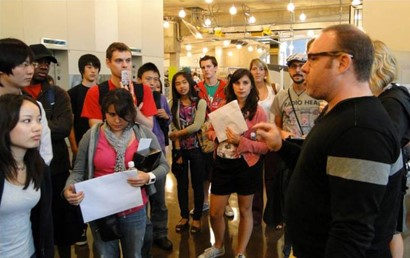
Students from the 2009 Clueless in Seattle game, with facilitator Mike Kasprow.
During the early years of the Design Expo, the event was the first visit to Seattle—or even the United States—for some students. But given the compressed agenda, students were not mingling with other teams, nor were they seeing much of Seattle. Now, Wong makes sure the weekend includes activities designed to facilitate personal interaction between students, because fostering relationships in the design community also includes networking between students. He also devised a scavenger hunt called Clueless in Seattle, which has become an essential part of Design Expo. His game is the social highlight of the week, an icebreaker that is part sightseeing, part puzzle-solving, and pure competitive fun.
Wong has been pleased with the way students have bonded with those from other schools. Before he devised the game, the atmosphere was more competitive. Now, teams root for each other and stay in touch years after their Design Expo event is over.
For Wong, although the Design Expo is grounded in student presentations, the greater value of the program lies in the personal relationships that develop—not only between students and Microsoft, but also between students and faculty from different schools.
“After all,” he says, “when they get out into the world, they will become part of the larger international design community. We want to provide shared experiences they can take with them into that community.”
Design Expo 2010 Entries
Microsoft Research will be hosting six teams this year that have created designs following the theme of Service Meets Social. The students presented their designs to a panel on July 13 and took questions from the audience.
- Data Hungry Skin/ Connections in Faraday: Central Saint Martins College, London—Technologically mediated interactions and the assimilation of data and the body are two issues explored. Both involve biotechnology and its potential in relation to how we can design services centered on the theme of human connectivity, using biotechnological alternatives to or extenders of forms of communication, offered as “social snacks.”
- Farmbridge: New York University—Farmbridge is an online platform that supports local food communities by making it easier for neighbors to form groups and gain access to locally farmed food. Farmbridge offers management tools for community organizers and social software that enables neighbors to engage.
- GURU: Carnegie Mellon University, Pittsburgh—GURU is a service that helps teenagers discover and grow creative interests and learn about the vast array of creative careers, with the help of industry professionals. A browser application recommends careers and professions to teens, based on the content they are viewing, while the website enables teens to explore day-in-the-life stories and other content posted by professionals, to ask questions, and to share their interests with friends.
- Kueponi: Universidad Iberoamericana, Mexico City—Because government-run schools in Mexico cannot scale to meet population growth, many children fail to get a proper education. Kueponi is a system that creates and facilitates partnerships between universities and companies to provide teens with an alternative channel for learning.
- Open Door: University of Washington, Seattle—Open Door creates sustainable local communities through the exchange of goods and services by creating a platform that fulfills service needs, as Craigslist does, while facilitating social relationships, as Facebook does.
- Steps: Art Center College of Design, Los Angeles—Steps is an online resource and community for educators that provides lesson-plan databases, member profiles, and a series of expandable, integrative applications and devices. Steps brings networking to K-12 education and enables the sharing of ideas beyond the classroom.


